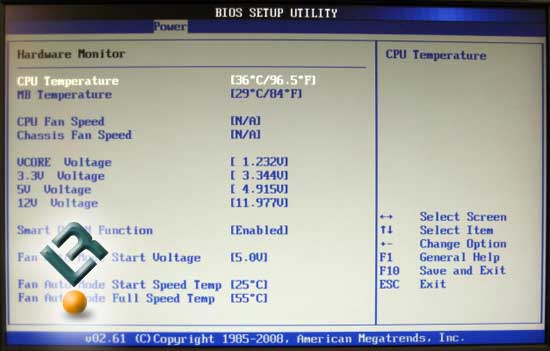

While I wouldn’t recommend it for content creation, the focus on bringing the largest, best experience for gaming would probably lend itself well to those who are exclusively in web content. I want one permanently for gaming purposes, but if you’re in the office or something and somehow find a way to get this on your desk, you’ll have the fanciest screen for spreadsheets ever. Sit back, bask in the rich, deep colours and HDR, while you immerse yourself in whatever world is being presented. Gaming on this thing is absolutely the intended use. Bundle this with the grotesque gamer aesthetics that infest a lot of what Gigabyte does, you can probably guess what the primary purpose of this is for.
#Prosync hdmi review tv#
The lack of 24FPS support (or 24p) means your movies and TV shows might come out looking a little strange. What this wouldn’t be great for is watching movies, weirdly enough.
#Prosync hdmi review Pc#
Instead of having to deal with the television being a television with your PC, resulting in blurry text or weird issues on the actual PC side of things, this is literally just a straight-up PC monitor at a big scale. It supports GSync for buttery-smooth gaming but also makes for the perfect addition to those who like to have their PC as their console. It’s massive at 43″, but this giant TV-esque monitor can actually still be used on the PC without much issue.

Gaming at a higher framerate is also just a better experience overall, having 144Hz isn’t the top end, but having it at 4K with a potential RTX3000 card? That’s basically heaven on a screen. Bringing in your 4K HDMI 2.1 monitor now pretty much puts you ahead of the curve for any future upgrades, especially once the graphics card shortage and electrical shortage come to an end. HDMI 2.1 can provide up to 10K when properly utilized, but as of right now, does at a maximum of 8K simply due to the panels and hardware available. While the HDR isn’t dazzling, the HDMI 2.1 port allows for an excessively fast refresh rate of 144Hz, for super-smooth gaming experiences and while the price is high on the monitor for what it provides in comparison to ‘older’ models, this is essentially you securing the future for the next little while. Acer makes cracking monitors and was first out the gate with a bevy of choice, which in some cases usually means a ‘beta’-esque feel for early adopters, but our sister site, WePC, highly recommend it in their review. NVIDIA G-SYNC, much like AMD Freesync, is meant to offer the best of both worlds - smooth, stutter-free gameply with no screen-tearing.īefore we get too deep into this display's performance, lets take a tour, and check out the calibration and OSD options on the Predator XB252Q, before moving on to both objective and subjective testing with our benchmarks, movies, and games.A perfect entry point into the HDMI 2.1 ecosystem, the Acer XV282K might be a pricey as an ‘entry-level’ monitor, but it fits the bill for everything you might need to do on your PC. Traditional V-Sync technology, which could resolve screen tearing, often causes input lag and / or stuttered gameplay that can be jarring and ruin the immersion. But a powerful GPU will often push frame rates (FPS) far beyond 60 FPS, resulting in screen tearing since the display can't keep up. Most traditional or non-gaming monitors feature a 60Hz max refresh rate. Animations and video appear smoother because there is virtually no screen tearing or ghosting. In addition, speedy monitor refresh rates can improve your media experience as well, especially with sports-related content and fast-paced action movies.

As the GPU pumps out a frame, the monitor is updated. G-SYNC allows the GPU and monitor to work in lock step to eliminate tearing and stutter, while simultaneously reducing lag. If your current GeForce GTX GPU can crank out frame rates in excess of 200 FPS in your favorite game, you can enhance your overall gaming experience with G-SYNC.


 0 kommentar(er)
0 kommentar(er)
